Put trust on the menu
Discover the various kinds of fish we have available
Discover the various kinds of fish we have available
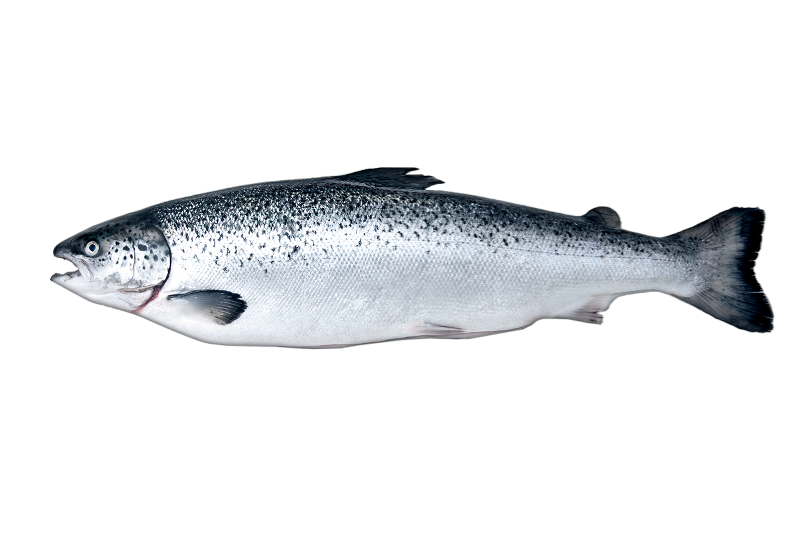
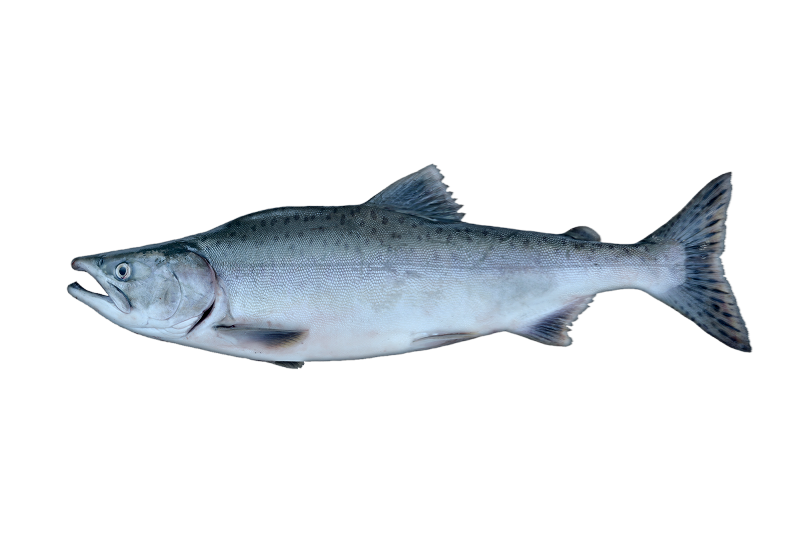
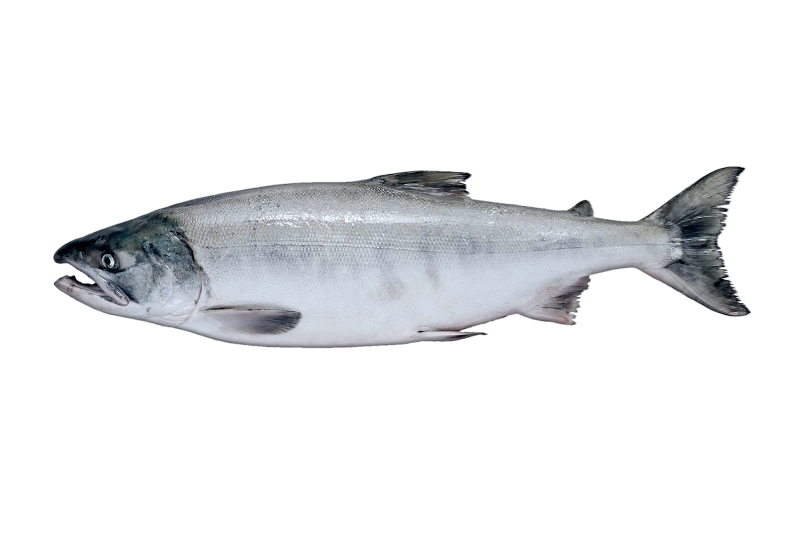
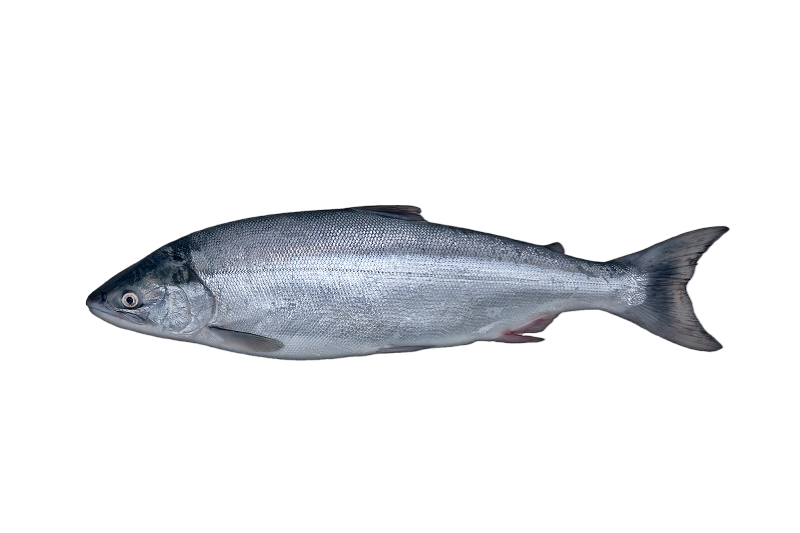
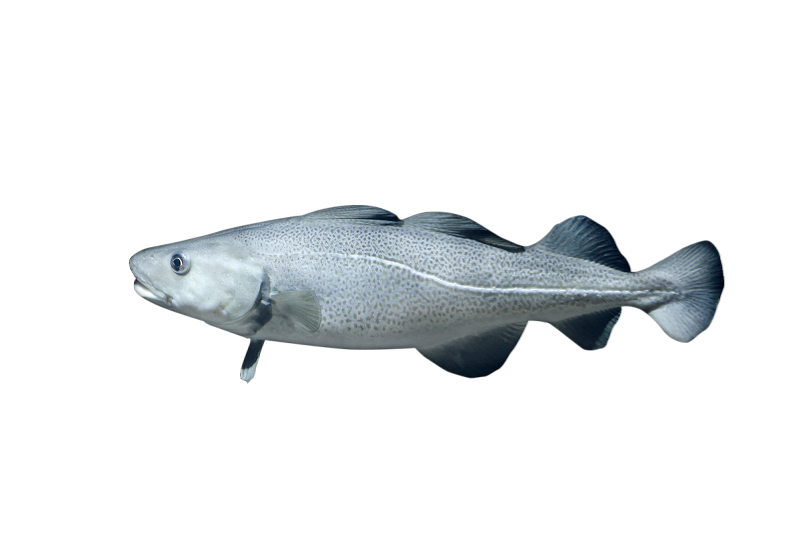
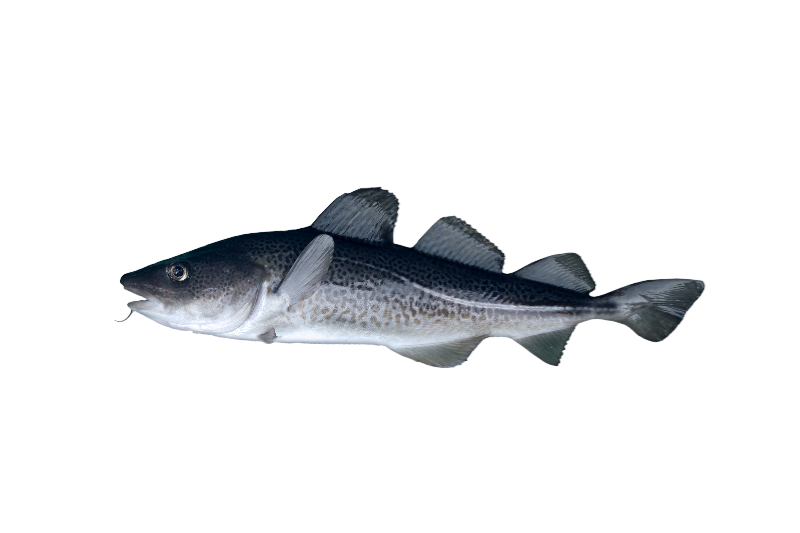
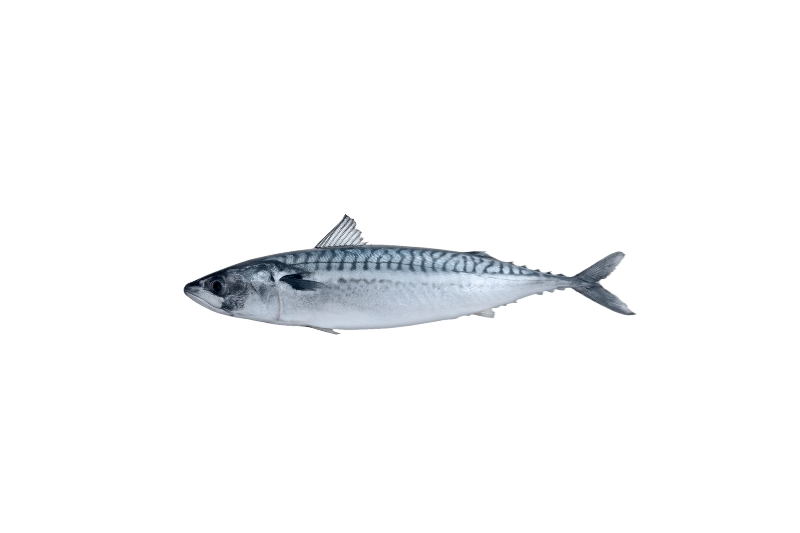
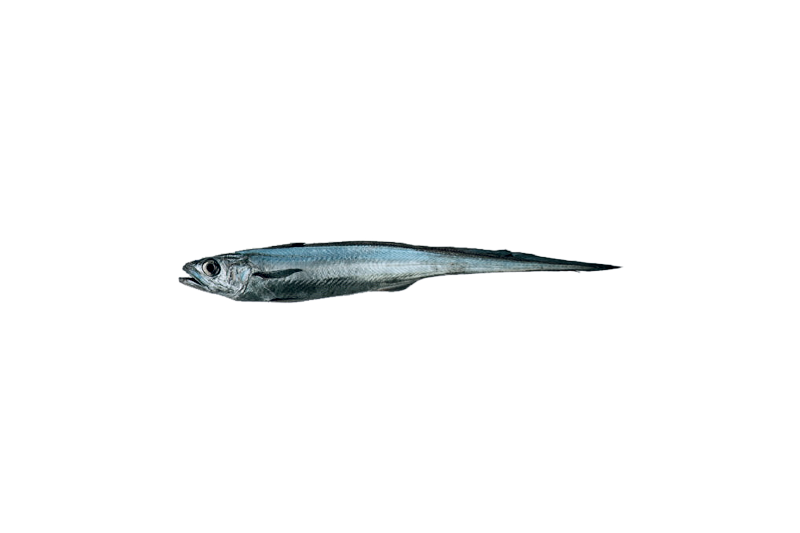
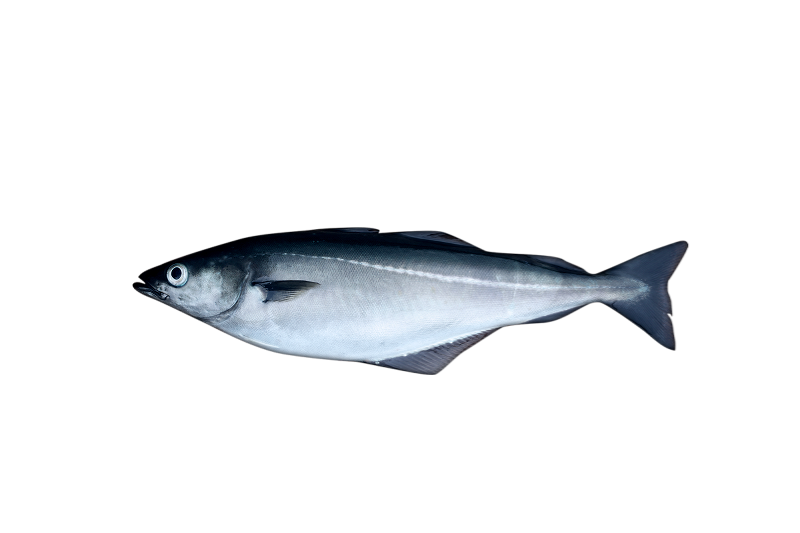


Salmo salar

Farmed along the Norwegian and Chilean coasts.
Weight
Up to 9 kg.
Season
all-year-round
Farmed Atlantic salmon is bred in clean, cold fjords and coastal seawaters. Atlantic salmon have bright silver skin with black cross spotting.
The flavor is mild with a medium texture and the fish is rich in omega-3 fatty acids. The flesh coloration ranges from a deep orange to a pinkish-orange.
Oncorhynchus gorbuscha

North Pacific Ocean, FAO 61 & 67
Weight
2 to 6 lbs (0,90 to 2,72 kg.)
Season
June - September
Pink salmon are hatched in inland streams and rivers, migrate to coastal estuaries, and then disperse into ocean waters to grow. Once mature, they reverse their course, returning to freshwater to reproduce. Pink salmon have the distinction of being the smallest of the Pacific salmon.
The flesh is rosy pink-colored, soft to medium texture with a mild delicate flavor.
Pink salmon is available with MSC certification.
Oncorhynchus keta

North Pacific Ocean, FAO 61 & 67
Weight
6 to 12 lbs (2,72 to 5,44 kg.)
Season
June - September
Chum salmon are hatched in inland streams and rivers, migrate to coastal estuaries, and then disperse into ocean waters to grow. Once mature, they reverse their course, returning to freshwater to reproduce.
Chum salmon has a mild taste, is low in sodium, and is a good source of omega-3 fatty acids, niacin, vitamin B12, and selenium.
Chum salmon is available with MSC certification.
Oncorhynchus nerka

North Pacific Ocean, FAO 61 & 67
Weight
4 to 10 lbs (1,80 to 4,54 kg.)
Season
May - September
Sockeye salmon are hatched in inland streams and rivers, migrate to coastal estuaries, and then disperse into ocean waters to grow. Once mature, they reverse their course, returning to freshwater to reproduce. Sockeye salmon are the most economically important species of salmon in Alaska. It has a rich flavor, a firm texture with a deep red color.
Sockeye salmon is available with MSC certification.
Gadus morhua

North East Atlantic Ocean, FAO 27
Weight
1 to 25kg.
Season
all-year-round
main season February - May
The Northeast Atlantic has the world's largest population of cod. Atlantic cod are a shoaling species and move in large, size-structured aggregations usually near the bottom. It has a mild flavor and a dense, flaky, white flesh.
Atlantic cod is available with MSC certification.
Gadus macrophalus

North Pacific Ocean, FAO 61 & 67
Weight
Up to 40 lbs (up to 18 kg.)
Season
March - mid-November
It is a bottom-dwelling fish found in the northwestern Pacific Ocean, mainly on the continental shelf and upper slopes, to depths of about 900 m. Swimming free in deep, frigid waters of the Bering Sea and the Gulf of Alaska, this premium whitefish develops the rich oil content that gives it its distinctive flavor and texture. Pacific cod has a beautiful white flake and velvety texture.
Pacific cod is available with MSC certification.
Scomber scombrus

North East Atlantic Ocean, FAO 27
Weight
Up to 3 kg.
Season
April - November
The Atlantic mackerel is a pelagic schooling fish which is extremely common in huge shoals migrating towards the coast to feed on small fish and prawns during the summer.
The premium catch period is September to November when the Mackerel swims from the feeding areas in The Norwegian Sea and back to the spawning areas. This is when the fat content is the highest, making the mackerel especially tasty and packed with healthy EPA, DHA and other omega-3 fatty acids.
The high fat content makes the mackerel excellent for smoking.
Macruronus novaezelandiae

Southwest Pacific Ocean, FAO 81
Weight
Up to 7 lbs (up to 3 kg.)
Season
all-year-round
main season June - September
Hoki is widely distributed throughout New Zealand waters in depths of 200m to 600m.
Hoki has a delicate flesh with an off-white coloration and when cooked is more flavorful than most other whitefish due to its higher fat content.
Hoki is available with MSC certification.
Pollachius virens

North East Atlantic Ocean, FAO 27
Weight
Up to 10 kg.
Season
all-year-round
Saithe (or coalfish) is a semi-pelagic North Atlantic species that occupies the deeper waters over the shelf edge and beyond and, although frequently taken in bottom trawls may form dense layers in midwater.
The flesh is firm and white, however more dark than cod, and has a sweet, delicate flavor.
Saithe is available with MSC certification.
Gadus chalcogrammus

North Pacific Ocean, FAO 61 & 67
Weight
1 to 4 lbs (0,45 to 1,8 kg.)
Season
January - April
June - October
Alaska Pollock is a schooling mid-water to bottom dwelling fish usually found between 100 to 300 meters deep. Pollock is member of the cod family and is Alaska’s most abundant seafood specie.
Alaska Pollock is easy to prepare, delivering a mild, appealing flavor with consistent snow-white flesh and a tender texture that has excellent flaking quality.
Alaska Pollock is available with MSC certification.
Melanogrammus aeglefinus

North East Atlantic Ocean, FAO 27
Weight
Up to 19 kg.
Season
all-year-round
The haddock is a bottom living or demersal fish, and is caught close to the bottom, mainly in waters 40-300 m deep. The adult fish are found mainly on sandy or muddy ground, usually in shoals.
Haddock has a mildly sweet taste with lean white flesh and medium flakes with a texture which is firm yet tender after cooking.
Haddock is available with MSC certification.
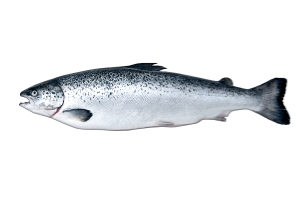
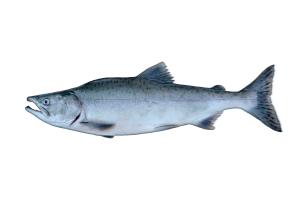
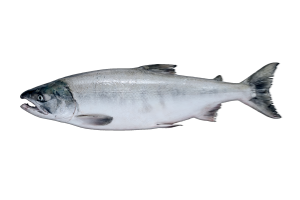
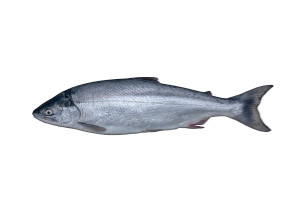
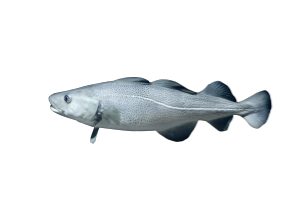
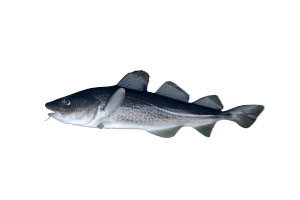
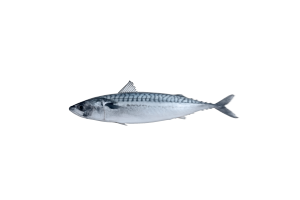
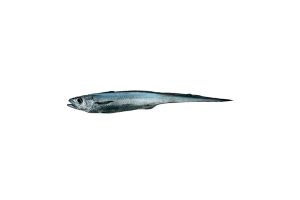
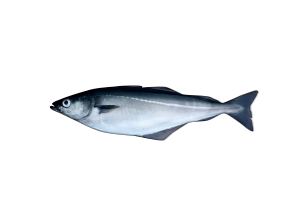
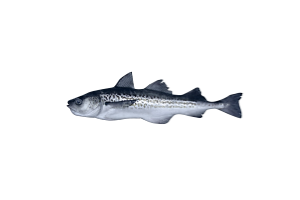
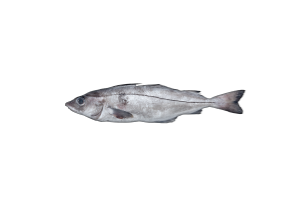
We use cookies to ensure that we give you the best experience on our website.
